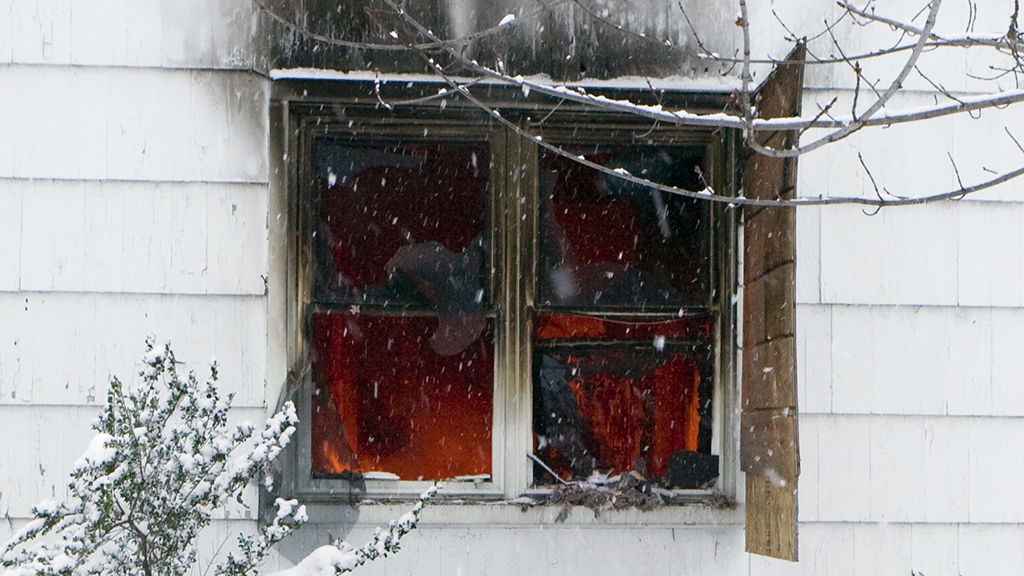Abstract
This directed case study was written to help students understand both organic and inorganic analysis of forensic evidence. It tells the story of a fire at the home of Mr. and Mrs. Daisy who are found deceased on the property, both with gunshot wounds. Students assume the role of forensic investigators as they attempt to determine whether the gunpowder pattern evidence points to homicide or suicide. A series of questions guides students through an investigation of pattern evidence and accelerants so that they can develop a hypothesis about the crime. Students must also determine the instrumental methods of analysis needed for the analysis of evidence. This case study was designed for a forensic science course for non-science majors, but could also be used at the high school level or adapted for an instrumental methods course or an organic chemistry course.



